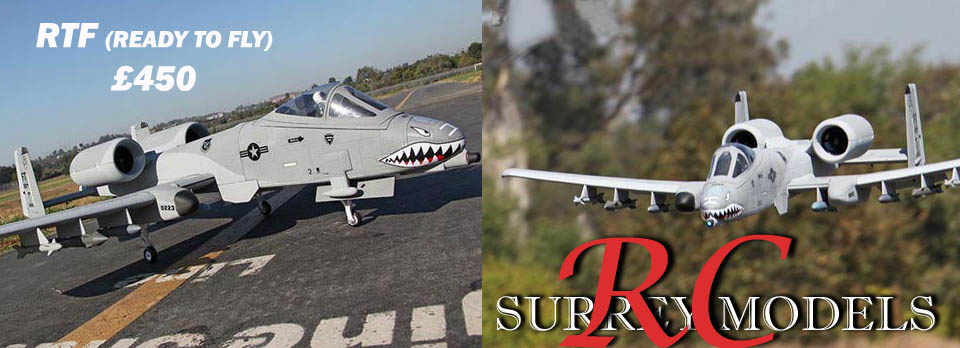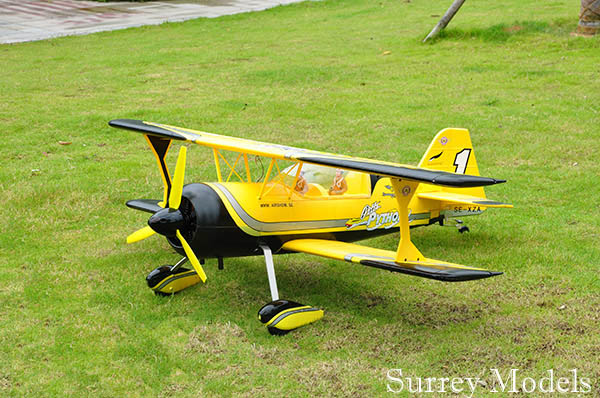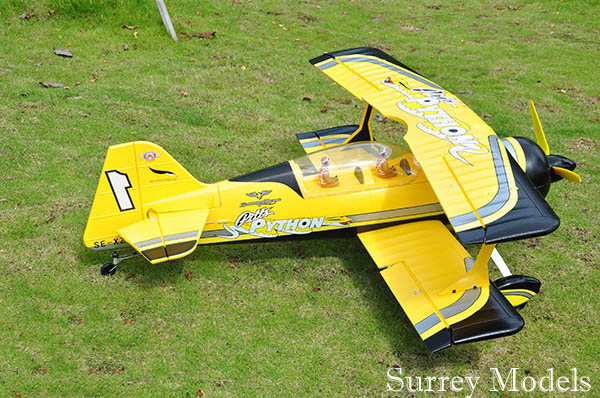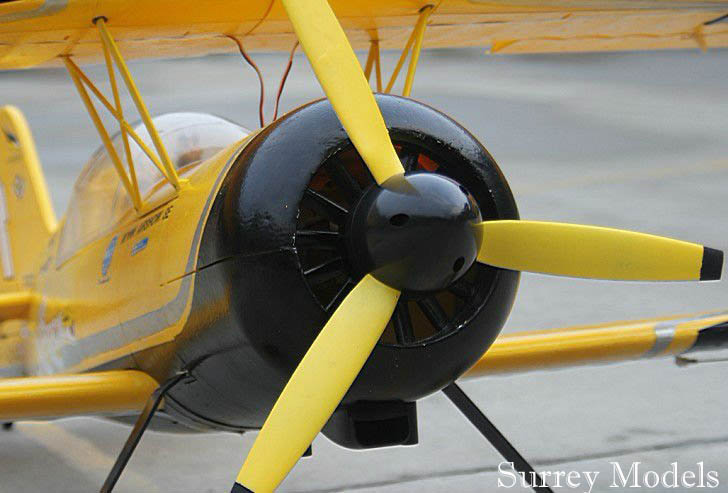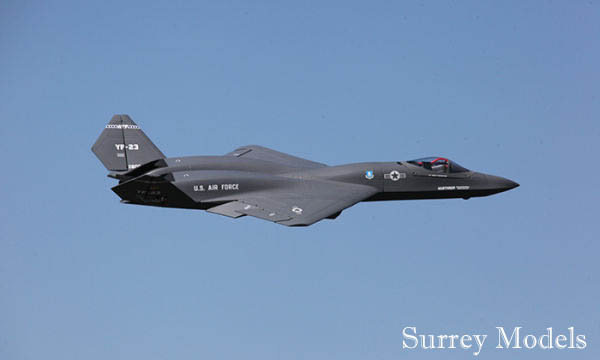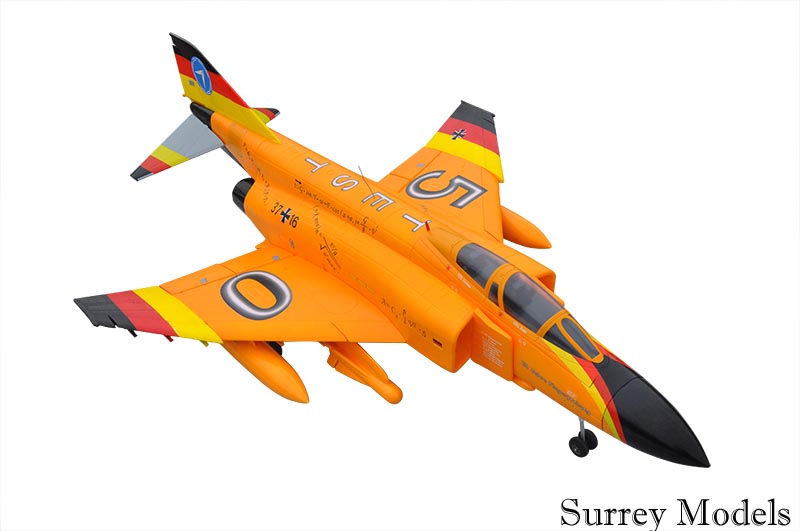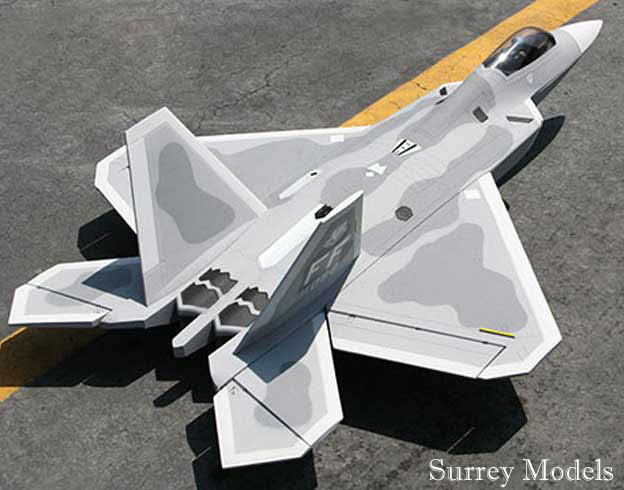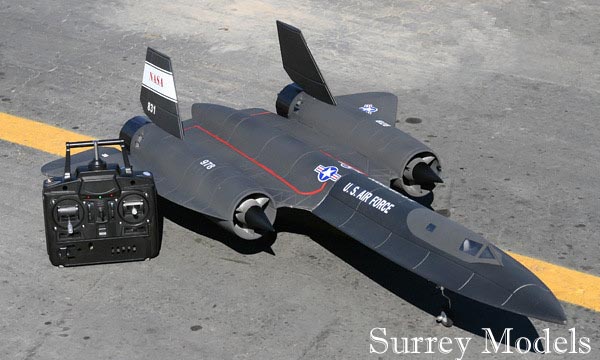Product Description
Features:
- Large High Scale RC Model
- Radio Controlled 2.4GHz, 4 Channel 3D Plane (Aileron, Elevator, Rudder, Throttle)
- The Largest EPO Pitts Python In the market, Yellow & Black Painting. It looks very beautiful and vivid.
- With 3-Bladed propellers. Provide strong power for 3D Aerobatic flying.
- Very smooth on its Aerobatic flying, Like: Roll, Horizontal, Losing speed inversion, Inverted flight, Inverted flight low speed conveniently and many other tricks.
- With high-scale control panel and the Pilots inside the cabin
- Main landing gear was made by Aluminium-alloy. Very strong, light & not easy to change shape.
- High-scale extremely flexible PU Wheels.
- It also could be equipped with Colour smoke bombs and Colourful strip additionally.
- New 2.4GHz spectrum technology, with the functions of automatic identification and precise code pairing, strong anti-jamming, and allow more than 20 aircrafts to fly at the same field at same time
Specification:
| Product Name: | Pitts Python V2 |
| Length: | 1320mm |
| Wingspan: | 1400mm |
| Flying Weight: | 3200g |
| Material: | EPO Foam |
| Radio: | 4 Channel |
| Servo: | 6x 40g Digital metal servos |
| Speed Controller: | 60A Brushless speed controller |
| Control System: | 2.4GHz Multifunctional Transmitter and Receiver |
| Drive System: | Brushless Outrunner Motor |
| Aircraft Battery: | Li-Po 22.2v/1300mAh (25C) |
Product Info:
This Aircraft is NOT A TOY. It is not suitable for children under 14 years of age. Children under the age of 14 must not operate this product alone. They must be accompanied by an experience adult at all times.



Flying Skill Level:
(Great for intermediate and skilled pilots) Extended Flight simulator practice and experienced pilot supervision recommended.
Build Level:
Moderate airplane assembly required. Internal wiring and electronics configuration is required. Please dry fit and test all electronics before gluing and securing any components.
Maintenance Level:
After every 5 flights and before and after storing airplane, please check all control surface horns and tighten the screws on surface horns if needed. Check the control pushrod clevis to insure no cracks are visible and no clevis has come loose. Check all control surfaces for solid contact between control surfaces, main wings and tail sections. Check for any loose screws anywhere screws are located. Check all wires connecting to the receiver for solid connection.
Please Note: If you have very little knowledge of Model Plane Assemble or have no Radio Control Flying experience, we would NOT recommend you to purchase this product to learn on.

